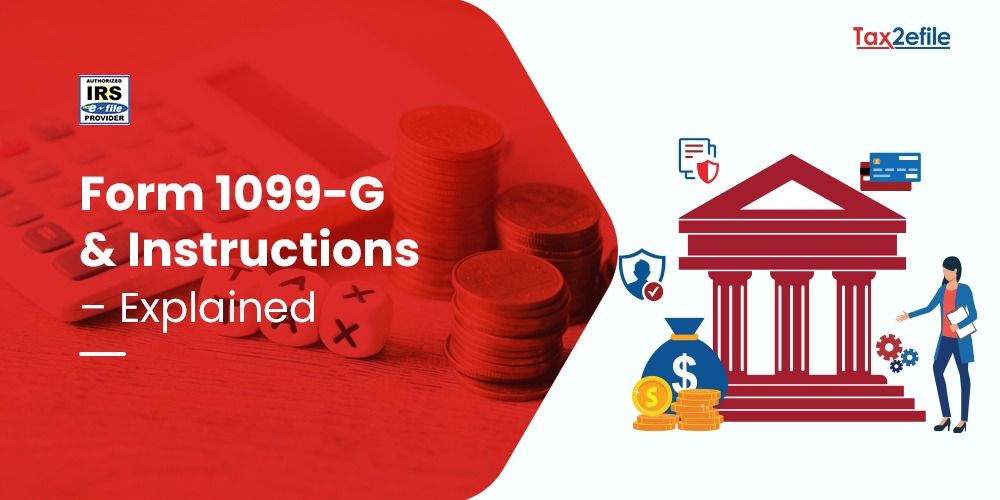- February 8, 2021

The IRS Form 1098-T helps taxpayers in calculating the educational credit including deductions for tuition and helps to report tuition statements, educational credits, and other expenses for education paid during the tax year. These educational credits appeal to both qualifying students and parents of qualifying students.
Table of Contents
Eligible Institutions for Form 1098-T
Form 1098-T is to report educational expenses for students and the parents and guardians of the student if they are still dependents. By filling this form with the IRS, taxpayers can avail of educational tax credits. All colleges, universities, and vocational schools that are participants of the student aid programs at the Department of Education are eligible to file this form.
The qualified expenses that are to be reported in this form are,
-
-
- Tuition fees
- Fee required for student enrollment
- Cost of course materials that are required for enrollments.
- Special class fees
- Health and wellness fees
-
If the parent or guardian pays these fees, they will have to use the form on their tax bill. Schools will also have to report the qualified expenses of the student in their tax forms. Schools will send Form 1098-T to the student who paid qualified educational expenses in the previous tax year. Schools will send the Form to the students by 31st January of the year and also file a copy of the Form with the IRS by February 28th.
Everything You need to know about Form 1098-T
There are multiple boxes in Form 1098-T and the values that each of the boxes corresponds to are listed as follows.
-
-
- Box 1 – The payments received for the qualified tuition and other related expenses are listed here.
- Box 2 – Is no longer used.
- Box 3 – Indicates the change in the method of reporting by the school.
- Box 4 – Reports adjustments made by the school for eligible tuitions and other expenses of the previous year. If the expenses are lower than what was reported initially, the student has to bear additional tax for the year.
- Box 5 – Declares the grants and scholarships that were paid to the school directly for the expenses of the student. The grants and scholarships can decrease the qualified expenses that the student can use to calculate the credit.
- Box 6- Reports adjustments made by the school to the grants and scholarships made on the previous year. These changes can affect the tax liability of the student for the previous year.
- Box 7- Checked if the academic year extends to the first quarter of the next year.
- Box 8 – Checked if the student is enrolled at least half time.
- Box 9 – Checked if the student is involved in a graduate program.
- Box 10 – Details about the expenses reimbursed under the tuition insurance policy are listed here. These policies help students to have a fee reimbursement if they are forced to quit school owing to medical reasons or family emergencies.
-
Situations when Form 1098-T will not be used
There are situations where the student or their guardian will not be sent Form 1098 T such as
- The tuition fee and other expenses are paid by any agencies such as the Department of Defense or Veterans Affairs.
- If the tuition and other expenses are completely waived off or paid through scholarships.
- If the course does not offer academic credit.
Thus, the form helps in calculating education credits that are available on qualified tuition and relevant expenses. The ultimate purpose of Form 1098-T is to let the taxpayer know that the required information about the tuition fee, educational credit, and fee deductions have been submitted with the IRS.


